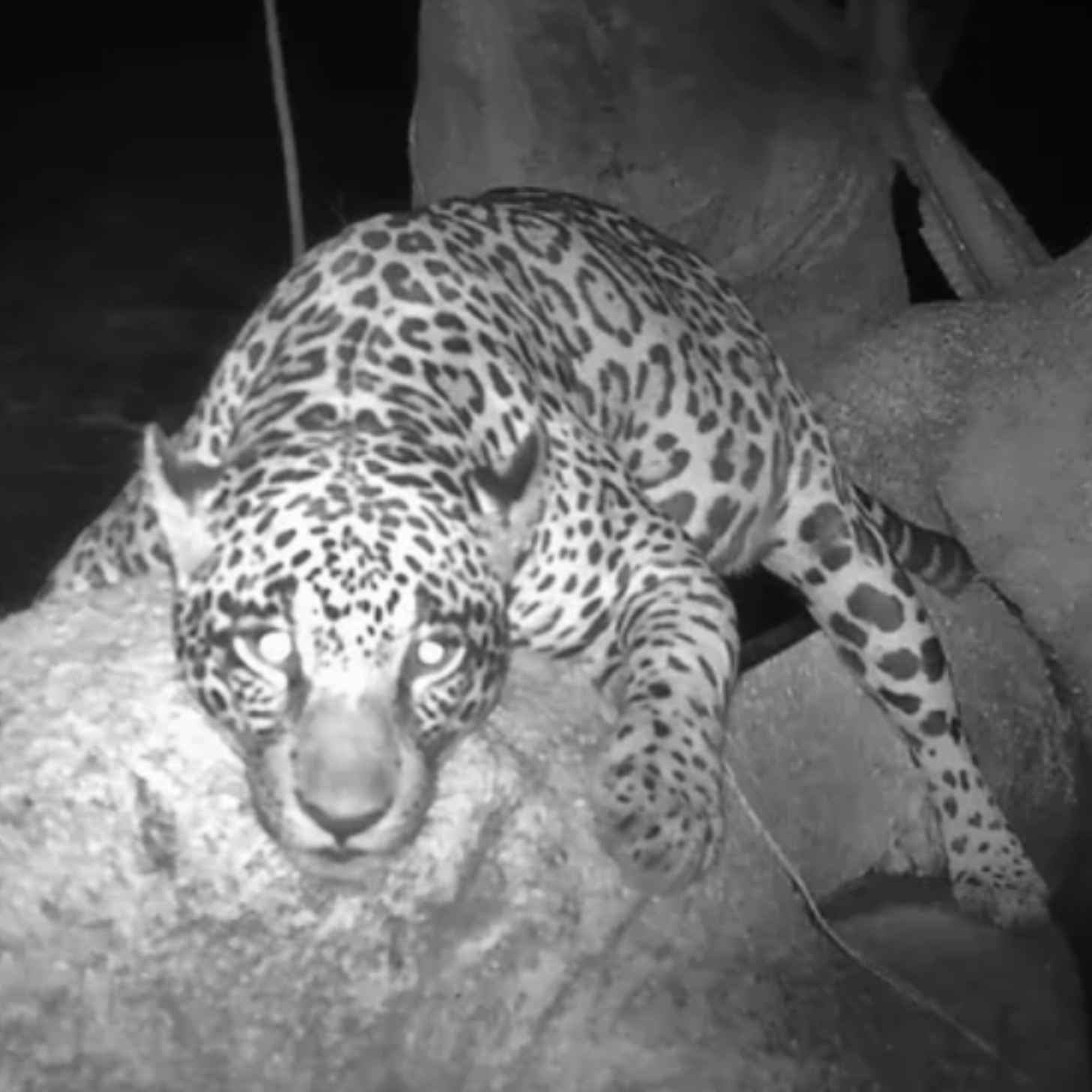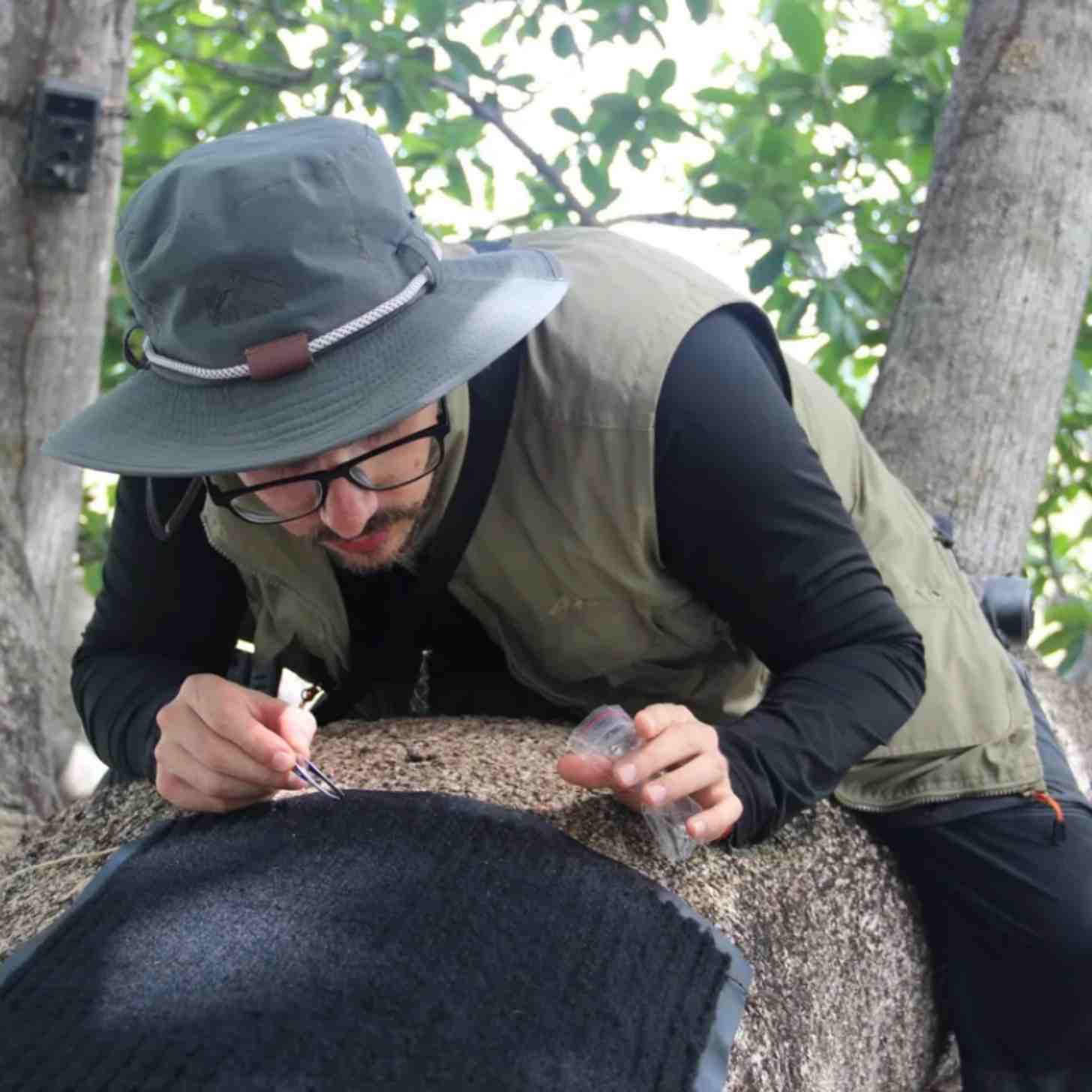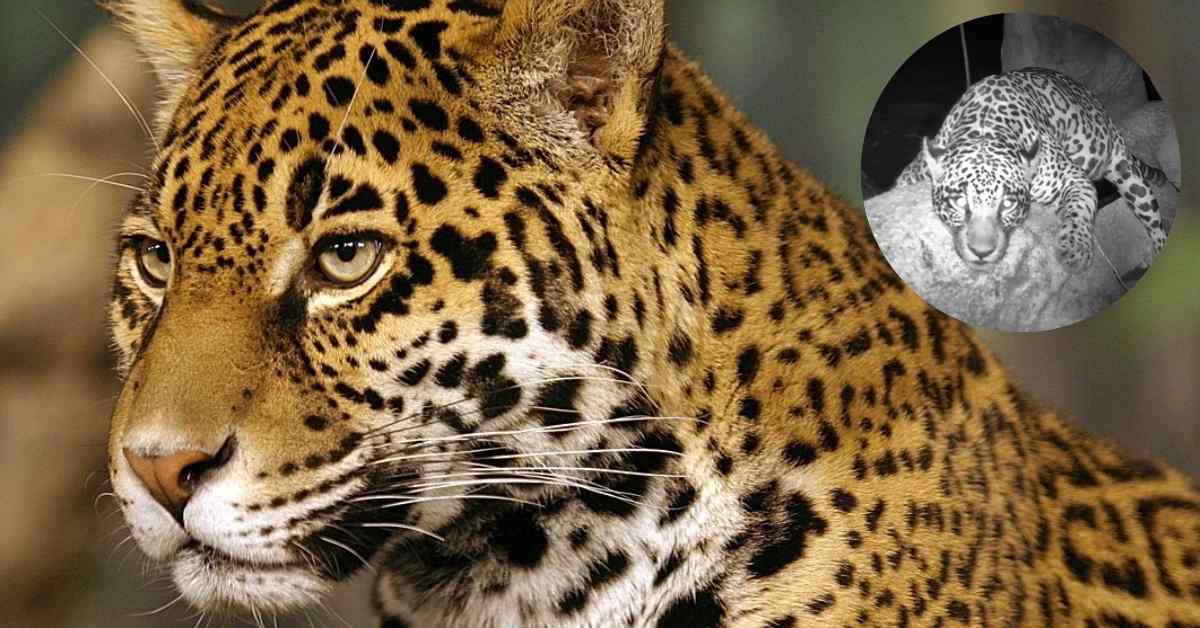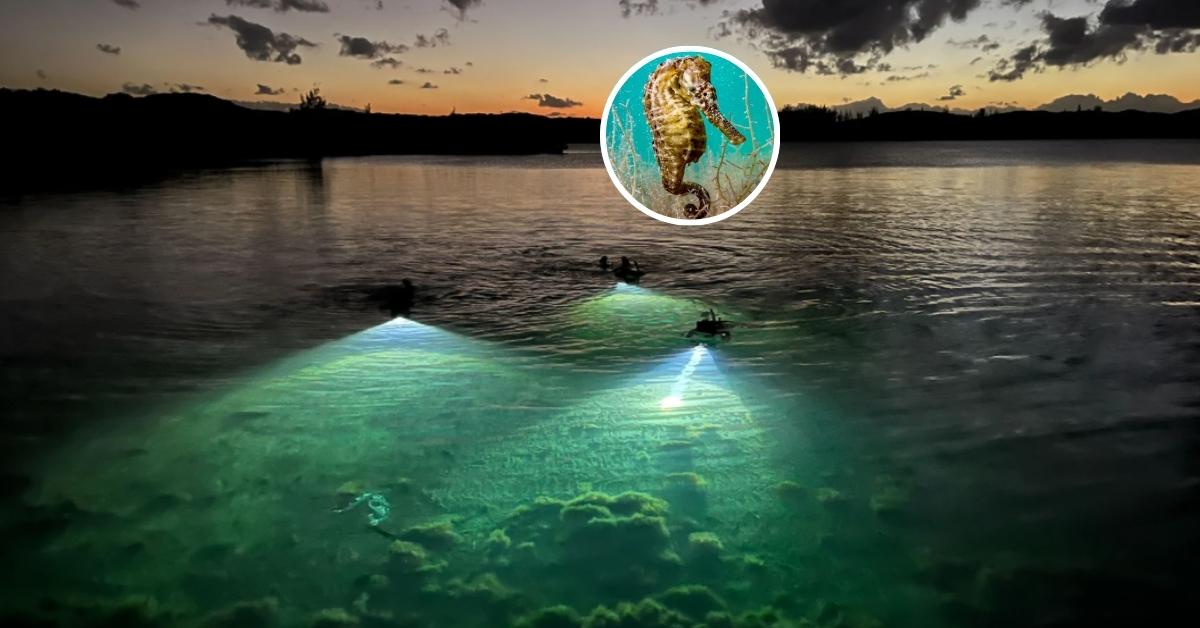There’s a lot to learn from a single hair.
For decades, scientists have used animal hair samples to aid animal research — and in turn, boost conservation efforts for some of the planet's most vulnerable species.
By analyzing and comparing the DNA in hair samples, scientists can assess the diversity, size, density, and even health of a given population.
But collecting hair from a 200-pound jaguar is easier said than done.
That’s the challenge that Brazilian researchers at IMPACTO Institute, the Institute for Mitigation of Environmental Problems with Traditional Communities and Jaguars, took on in a recent study.
“Mammalian hair is a source of biological information and can be used in genetic, toxicological, hormonal, and ecological studies,” noted lead author Larissa Pereira Rodrigues and her peers in the paper, which was published in the scientific journal “Animals.”
“However,” the researchers wrote, “non-invasive collection methods are still little explored.”
“This study aimed to describe and validate a passive methodology for collecting hair from jaguars (Panthera onca) and evaluate its viability for different analyses.”
So Pereira Rodrigues and her colleagues turned to a slightly unconventional method of data collection — leaving mats out for them to roll around on.
“We already know their favourite trees and dens along roads where they tend to rest,” co-author Paul Raad, the founder of IMPACTO Institute, told BBC Wildlife Magazine. “As curious animals, much like domestic cats, they naturally rub against objects.”
At first, the researchers tried to gather hair samples from the jaguar’s favorite trees using “adhesive tape and Velcro.”
“But they didn’t like it and simply avoided touching it,” Raad reasoned. “These big cats are agile, intelligent, and sensitive; they’ll avoid anything they find unpleasant.”
Then one day, when Raad was climbing into the passenger seat of a friend’s car, inspiration struck.
“She apologized for the mess her dogs made, saying, ‘I can’t get their hair out of this floor mat, it’s stuck!’” Raad recalled. “That’s when the lightbulb went off: we needed mats made of that material.”
To conduct their study, the researchers left out an assortment of black “car floor-style” mats — 45 centimeters by 60 centimeters in length — in known jaguar dens.
They also set up trail cameras to capture their behavior.
In the camera footage, the jaguars can be seen lying, rolling around, and lazily stretching out on the mats in subtle movements that are awfully familiar to any house cat owner.

And as the jaguars got their “scritches,” the team got their samples.
“The collected hairs were analyzed for genetics, sex identification, heavy metals, and stable isotopes. The results confirmed that the samples were well preserved, allowing all tests to be conducted successfully without disturbing the animals,” the research concluded.
The researchers then worked with São Paulo State University in Botucatu, Brazil, to test the samples for mercury contamination.
Specifically, the researchers were looking for evidence of mercury poisoning in the near-threatened species, due to concerns of pollution from nearby mining operations.
“We had the opportunity to design, test, and validate a new non-invasive method for collecting biological samples, specifically hair, from wild felids such as jaguars,” said Lígia Souza Lima Silveira da Mota at the university’s department of genetics, microbiology, and immunology.
“This technique enables researchers to obtain valuable materials without direct contact with the animals,” Silveira expressed. “We are always proud to contribute in a meaningful way to the preservation of Brazilian biodiversity.”
Although evidence of mercury poisoning was ultimately inconclusive due to the limited number of samples collected, the scientists said that their methods held a great deal of promise for continued research on the matter.

For Raad, Pereira Rodrigues, and their peers, the study is just the beginning of a new chapter in jaguar conservation. It’s also a testament to the dedication of the teams at IMAPCTO and UNESP to study jaguars, without the benefit of deep pockets backing them.
“Until now, biological banks and sample access were usually restricted to large international NGOs with significant funding, often not local,” Raad said. “We wanted to change that.”
“[We] learned to work with limited resources but abundant creativity and determination,” said Raad. “To do science, sometimes all you need is ingenuity and dedication.”
You may also like: Rarest big cat in the world no longer endangered: 'The greatest recovery of a cat species ever achieved'
Header images via IMPACTO Institute / Cburnett (CC BY-SA 3.0)



